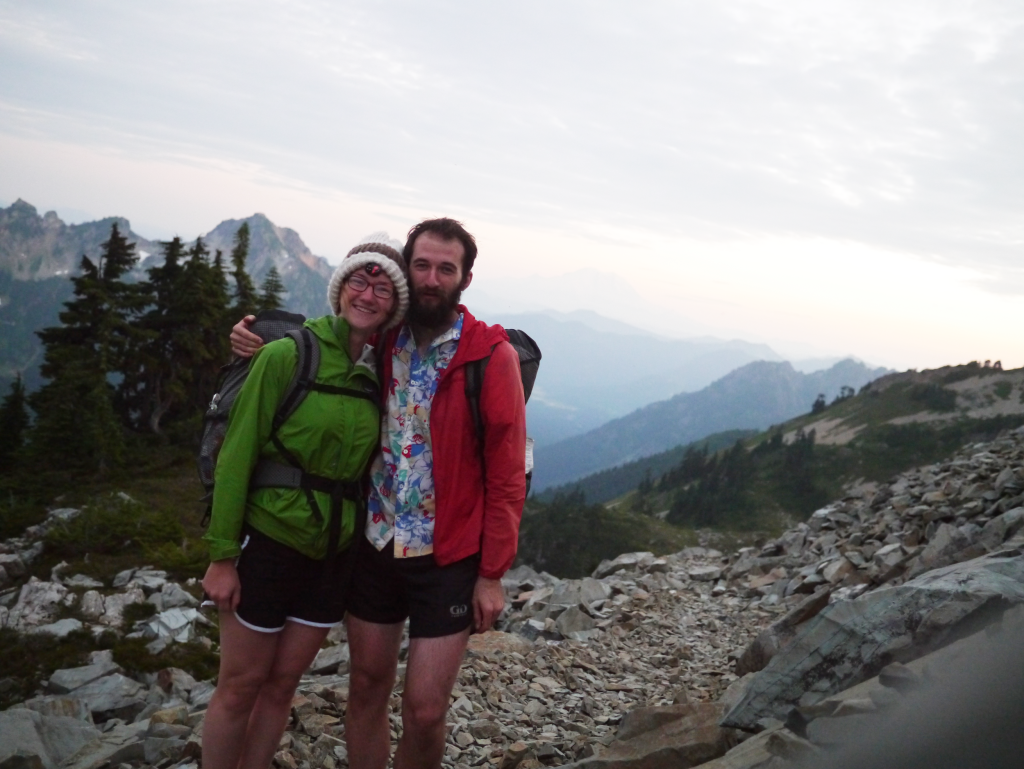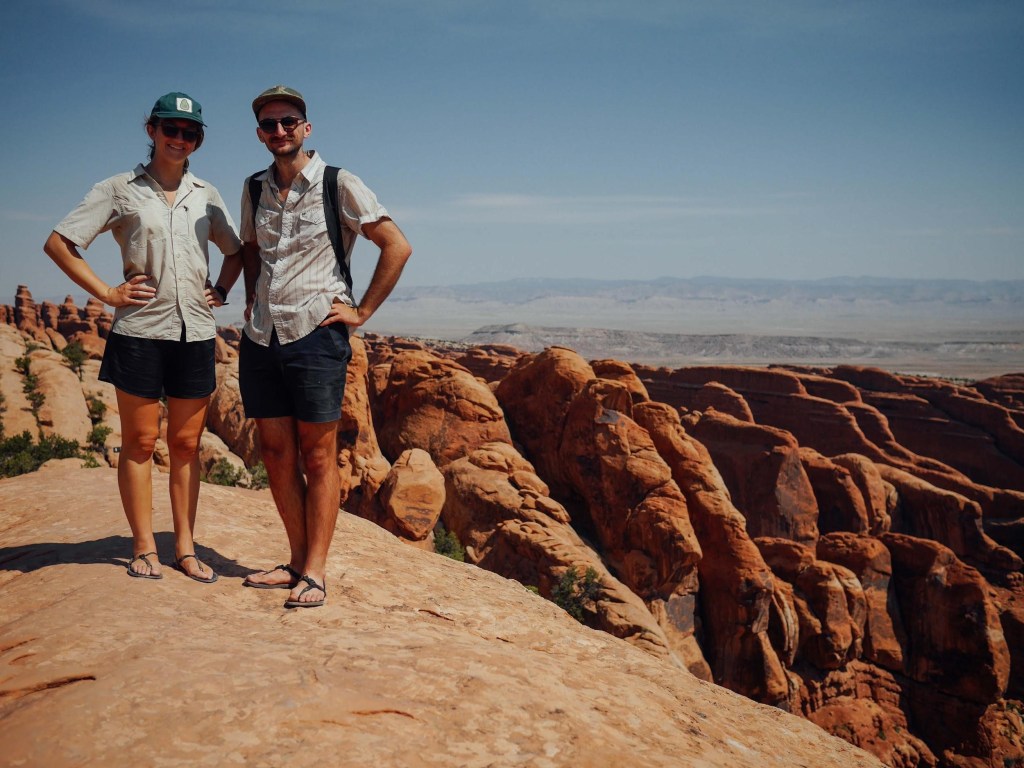I was first introduced to ultralight backpacking while visiting my brother, John Zahorian, on his 2012 Pacific Crest Trail (PCT) thru-hike. After first seeing John after several months, I’ll never forget the smile on his face and how happy, almost buoyant, he looked.
I spent a day with him, and it was clear I had brought too much stuff. Ultralight backpacking is defined as having a base pack weight (weight of your pack and gear, not including consumables) of about 10 pounds. John, with his ultralight setup, was practically floating around switchbacks and over rocks. I lagged behind, with layers of bulky sweatshirts and pounds of fresh fruits and vegetables in my pack. Rather than enjoying my time walking, I fantasized about when we would stop.
Finally, we pulled over at a clearing. Together, we talked long past dark and named the stars “starsplosions” because it felt like they were rocketing towards us. I loved the feeling of freedom of only a sleeping bag and sleeping pad separating my body from the earth.

Visiting John on the Pacific Crest Trail outside of Stehekin, WA in 2012.
The next morning, after saying goodbye to my brother, and reflecting on the lightness I observed in him, I vowed to backpack more often. And next time, I would bring less.
In 2014, John and I decided to hike Washington Section J (72 miles of roadless backcountry from Snoqualmie Pass to Stevens Pass) of the PCT together. Figuring out what to bring was daunting. Watching him pack, I did my best to get as close as I could to his minimal, lightweight setup.
After hitting the trail, it quickly became clear to me that the lightness I observed in my brother was not only thanks to what he brought, but also about his style of walking. John taught me how to arrange the items in my pack so that I could unpack and repack quickly. He also taught me how to store items I needed throughout the day on the outside of my pack so that I could access them while walking. For John, backpacking was less about spending time at camp, and more about spending time on the trail.

John and I on Washington Section J of the Pacific Crest Trail, 2014.
Bringing less and being efficient with our time meant we could walk for more hours each day and cover more miles in the time we had together. I loved spending all day on the trail, pulling over to sleep wherever we wanted and waking up each day with my body eager to walk.
Since then, I’ve continued to hike long stretches of trail—including the 537 miles of the Washington section of the PCT in 2016 and the first 478 miles of the PCT in California in 2017—with the ultralight philosophy he taught me. My most recent base pack weight was 7.5 pounds and I averaged 26.5 miles per day over 18 days.

John and I backpacking in the Enchantments together, 2016.
For me, the feeling of freedom I get through long-distance ultralight backpacking is unlike any I’ve ever felt. And the buoyant joy I saw in my brother is one that I now carry with me as well.
I feel lucky to have learned about ultralight philosophy, and even luckier to have learned it from my brother. For those who are interested in getting started, here are some tips he taught me.

John and I in Arches National Park, 2017. Photo credit: John Zahorian.
Lighten Your Load
- Start where you are and bring less. There’s no need to sell all of your gear and buy a new setup. I take note of anything I rarely used the last time I went backpacking and decide if I really need it.
- Invest in the Big Three. Backpacks, shelters and sleep systems tend to be some of the most frequently used and heaviest items. If you are going to splurge on something new, I recommend starting with one of these first.
- Use multi-purpose items. Often, it’s lighter and cheaper to invest in one item that does a bunch of things well, instead of a specialty item for a single use. For example, the rain jacket I bring protects me from rain, but I also use it to protect against wind and for extra warmth when I’m sleeping at night. This allows me to save weight by using a sleeping bag with a higher temperature rating in the torso.
- Carry only what you need, nothing more. Be mindful of how much food or water you need to carry depending on where you are, what the climate is like and how many miles you plan to walk. In the desert, you may need to carry more water, but in a state like Washington where water sources are generally plentiful, you won’t need to carry as much.
